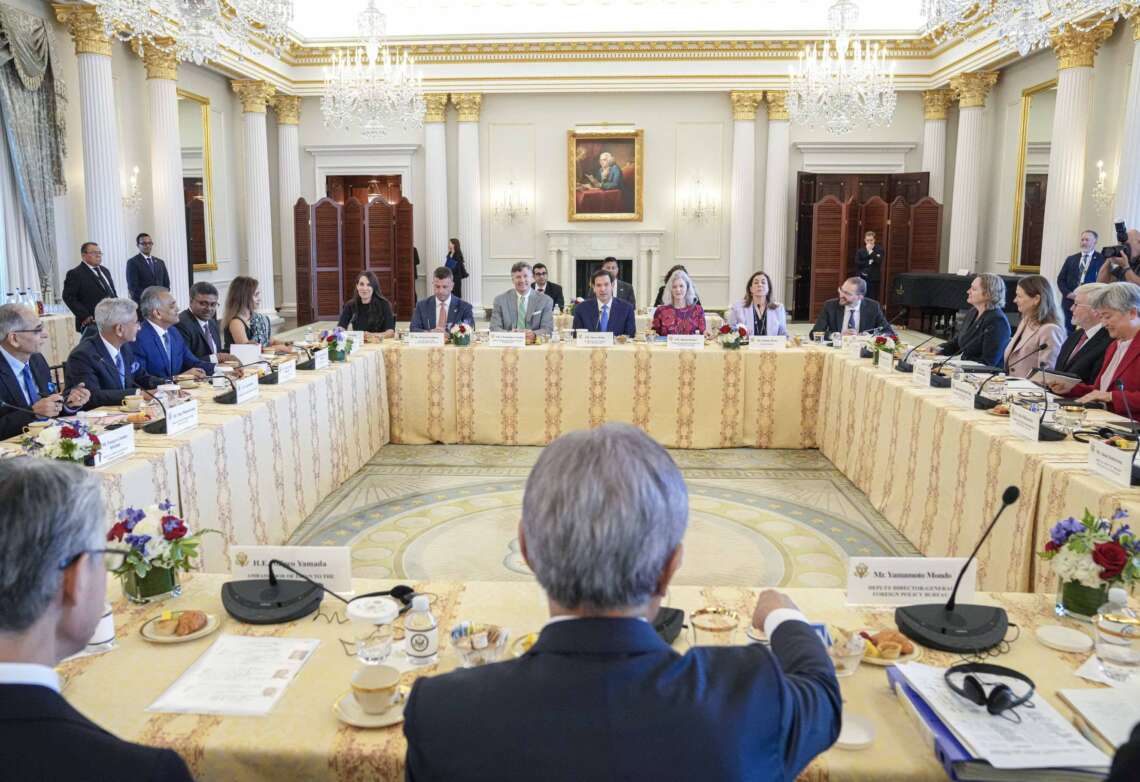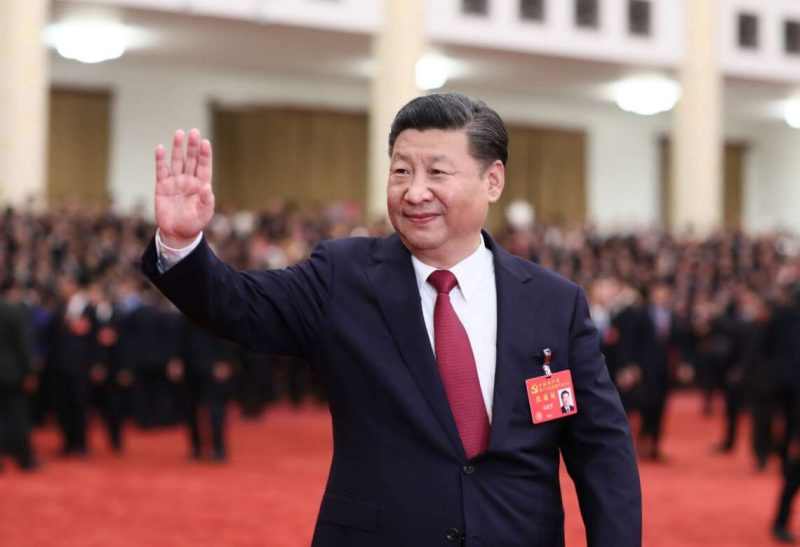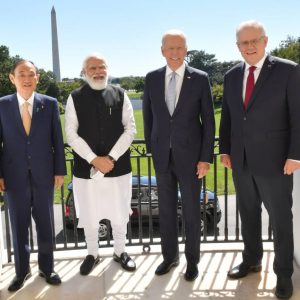Quad, just like NATO, is using this forum and has long been voicing its intent on encouraging greater cooperation between the four democratic member countries of Australia, India, Japan, and the US…reports Asian Lite News
The longstanding issues of Quad nations with China and the growing concerns of an emerging strategic shift in the Indo-Pacific region have made the bloc send out veiled messages to China while also upholding peace and stability in the Indo-Pacific region, something the grouping has mentioned in its joint statement, media reports said.
Be it India, US, Australia and Japan, all Quad members hold historic issues with an ambitious China which is trying to pursue its expansionist goals. First up is India. India and China have several points of contention along the 2,167-mile Sino-Indian border, reported The Diplomat. Relations between China with the other Quad members are also at a tight spot. When it comes to Japan, there is an ongoing dispute over the sovereignty of the Japanese-administered Senkaku and Diaoyu islands. China makes claims that these islands are part of its territory, reported The Diplomat.
Solomon Island’s security deal with China has irked Australia. Australia is wary of a close alignment of Solomon Island with China. And the last Quad member is the US, the world’s oldest democracy.
The US and China are at daggers drawn over the status quo in the Taiwan Strait. The US has been sending out clear messages that if there is any change in the status quo in Taiwan, the country will use its military might.
China, on the other hand, claims that Taiwan is, was and will always remain its part. All of these long-standing issues of China with the Quad members firmly direct the individual attention of each Quad nation’s military toward China.
All of these historic disputes and emerging strategic concerns have posed a threat to the maintenance of the status quo and must be considered potential catalysts for future conflict, reported The Diplomat. One other thing is the observation that there is a significant disparity in the military capabilities of China and Taiwan and that is why one is left wondering just how much the small island could resist the People’s Liberation Army (PLA).
Ladakh, demarcated only by a Line of Actual Control drawn in the wake of the sole conflict fought between India and China. Quad, just like NATO, is using this forum and has long been voicing its intent on encouraging greater cooperation between the four democratic member countries of Australia, India, Japan, and the United States.
Ladakh’s importance to the Chinese Communist Party (CCP) rests in the practical and symbolic value that it holds to the regime. Following the 1962 war, nearly 15,000 square miles of Indian territory were seized and remain under Chinese control, in the form of Aksai Chin, yet the CCP remains determined to take more land west of China’s Tibetan Autonomous Region. These claims have further intensified since the advent of the China-Pakistan Economic Corridor in 2015, which sought to increase transportation and energy links between the two countries, as well as providing China with access to the Indian Ocean through infrastructure investment and unsustainable loans initially worth $46 billion.

With more of Ladakh under Chinese control, there is potential for more efficient connectivity to be established between Xinjiang and Islamabad than is already offered by the Northern Route highway, as well as allowing for the completion of the rumored G695 highway connecting Xinjiang and Tibet. Ironically, greater control of Ladakh would also offer the PLA access to 3,595 kilometers of recently constructed, all-weather border roads that can be utilized to garner direct access into India in the event of a full-scale war.
Symbolically, Ladakh offers further reasons to inspire hostility between the two nations. The flight of the Dalai Lama to India, following the Tibetan uprising of 1959 against CCP occupation, is often cited as one of the many instigators of the 1962 war, and frequent visits by His Holiness to Ladakh are an infuriating reminder of India’s continued willingness to offer refuge to the spiritual leader. Not only would reasserting Chinese influence in Ladakh deal a further blow to the region’s Buddhist community but reclaiming land that the CCP categorically claims would also allow China to continue along the trajectory mapped out by President Xi Jinping.
There have been multiple areas where the Quad countries have been engaging themselves with the most recent heads of government summit in May 2022. The joint statement which was released after the Quad meeting made clear their engagements not only militarily but also in mutual steps taken in the supply of Covid-19 vaccines and addressing climate concerns. The bloc hopes to collaborate in diversified areas to form a close alliance and restrain China to dominate the world stage.
ALSO READ-Abu Dhabi T10 franchises assemble explosive squads














